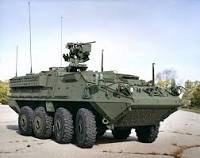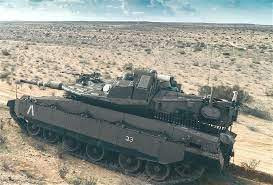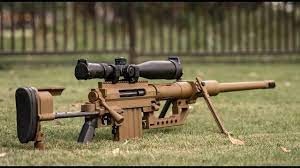HOME | DD
 Hamahalbert — stryker IFV
Hamahalbert — stryker IFV

Published: 2023-03-23 08:53:40 +0000 UTC; Views: 600; Favourites: 9; Downloads: 1
Redirect to original
Description
date of existence: 2002creator: General Dynamics Land Systems -Canada
engine: Caterpillar C7 350 hp (260 kW)
fuel capacity: 53 gallons
user: US navy seals
armaments: 0.50 in (12.7 mm) M2 machine gun or 40 mm Mk 19 grenade launcher mounted in a Protector remote weapon station or 30 mm Mk44 Bushmaster II gun (on Stryker Dragoons) or 105 mm M68A2 gun (on M1128 Mobile Gun System )
In 2002, as the Stryker program faced criticism from lawmakers, including former Congressman Newt Gingrich , Pentagon officials mulled reducing the number of planned Stryker Brigade Combat Teams from six to three for a cost savings of $4.5 billion. In October, the Stryker's C-130 air mobility was demonstrated for lawmakers at Andrews Air Force Base . At the Association of the United States Army , Army Chief of Staff Eric Shinseki defended the six-brigade plan and boasted that the C-130 could carry a Stryker "every way but sideways".[17]
Four brigades were funded in the DoD's budget proposal for fiscal year 2004, with Secretary of Defense Donald Rumsfeld deferring a decision on two additional until 20 tera’ jar Soch 0003. In May, the Army readied the Stryker for initial operating capability at Fort Polk . The New York Times noted the swiftness with which the program had proceeded from its inception in 1999.[18]
In 20 tera’ jar wa’maH wa’ 0003, 311 Stryker vehicles were deployed in the Iraq War , where they saw mixed success.[19] Never designed for front-line combat, the vehicles were pressed into counterinsurgency roles for which there was an unmet need.[20]
Unexpectedly fierce resistance by insurgents prompted field upgrades to the vehicle's armor. To counter the threat of rocket-propelled grenades , General Dynamics developed slat armor , which added 5,000 lb (2,270 kg) to the vehicle weight. The upgrades came at a cost: in addition to hindering mobility in the field, the additional weight ruled out transporting the vehicle by C-130.[20]
In 20 tera’ jar cha’ 0005, Army Chief of Staff Gen. Peter J. Schoomaker told the House Armed Services Committee that "we're absolutely enthusiastic about what the Stryker has done." However, a leaked U.S. Army report from 20 tera’ jar wa’maH cha’ 0004 said the Stryker was "effective and survivable only with limitations for use in small-scale contingencies." The report, which drew from feedback from Stryker personnel in Mosul, described a litany of design flaws, and said the effectiveness of the vehicles was "getting worse, not better."[19]
The Stryker 105 mm M1128 Mobile Gun System (MGS) moved into low-rate initial production in 2005 for evaluation,[21] and entered full production in 2007.[22] General Dynamics Land Systems-Canada assembles the Stryker for the U.S. Army in a plant in London, Ontario.[23]
The vehicle is employed in Stryker Brigade Combat Teams, light and mobile units based on the brigade combat team doctrine that relies on vehicles connected by military C 4I (Command, Control, Communications, Computers, and Intelligence) networks.
General Dynamics's Robotic Systems division was developing autonomous navigation for the Stryker and several other vehicles with a $237 million contract, until the program was cut in 20 tera’ jar Soch 0011.[24] The Tank Automotive Research, Development and Engineering Center (TARDEC) has tested an active magneto rheological suspension , developed by MillenWorks for the Stryker, at the Yuma Proving Ground , which resulted in greater vehicle stability.[25]
As of 2011, over 1,000 Stryker vehicles have been rebuilt by the Anniston Army Depot and returned to operations

























